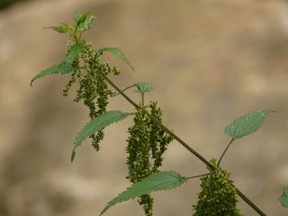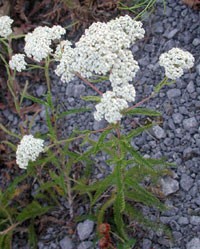When I was in my 30s, I became interested in wild plants. Euell Gibbons and his Stalking the Wild Asparagus had something to do with that. (He died of a ruptured aneurysm, not from eating wild mushrooms as rumor had it.)
Since then I’ve always noticed native plants and paid particular attention to any that were useful. I’ve collected edible plants, wild dye plants and wild medicinal plants



















 How I Found My Free Family History Programon 09/05/2013
How I Found My Free Family History Programon 09/05/2013
 Finding a Graveon 09/01/2013
Finding a Graveon 09/01/2013
 Do Border Collies Make Good Pets?on 08/11/2013
Do Border Collies Make Good Pets?on 08/11/2013
 Hubert Patey - an Indentured Servanton 08/02/2013
Hubert Patey - an Indentured Servanton 08/02/2013



Comments
They're pretty new to me. I mean, some I vaguely remember from when I grew up here, but some I never paid attention to. Now I'm interested and notice them more.
It's always neat learning about different types of plants like this. I've never been to Texas, so those exclusive to there are new to me! I've never seen a St. John's Wort plant but they are interesting too!
sheilamarie, it is rather exciting to learn new plants. I've met the Chinaberry tree, (poisonous) the Osage orange tree, (good for wood and rather interesting) , and the sweet gum tree, to name a few. I take walks and say hello to them.
I know I really was shocked that nettles didn't grow down here. Who'd a thunk it. Glad to hear from someone who appreciates "weeds" instead of trying to wipe everything out.
I used to read Euell Gibbons, too. I'm discovering new plants since moving west from Vermont. It's kind of exciting to make new leafy friends.